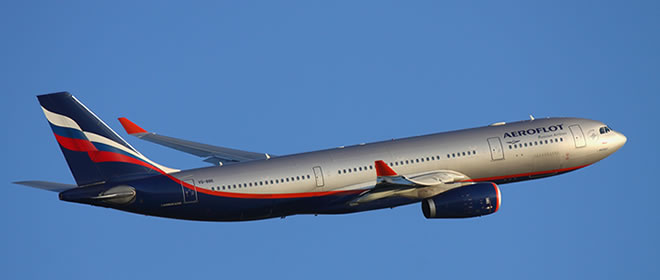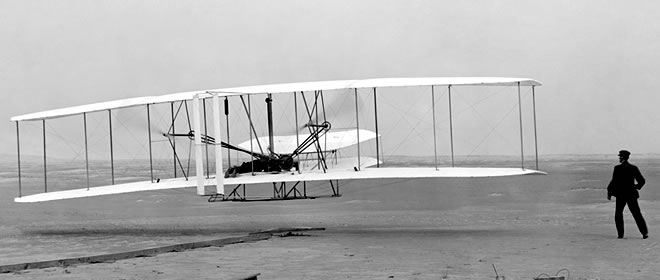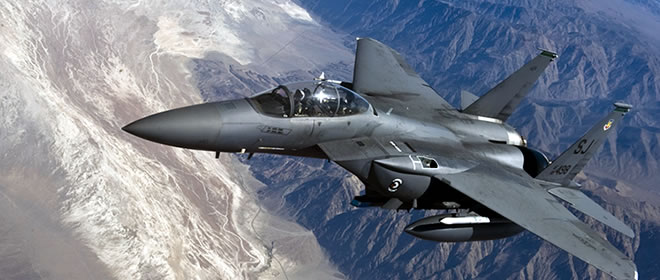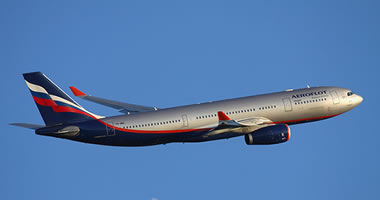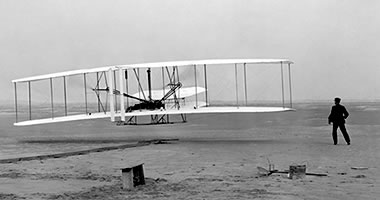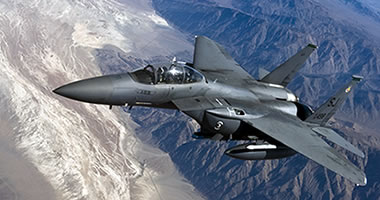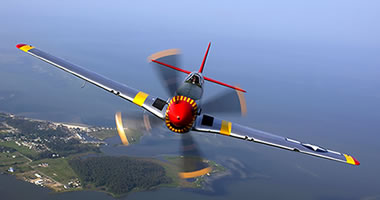Pinhoe
PINHOE: Civil aerodrome (Aka HOME FARM)
Note: All three of these pictures were kindly provided by Mr Michael T Holder
Operated by: Mr H W B Hansford
Location: Just NW of Pinhoe village on the B3181, about 3.5nm NE of Exeter city centre
Period of operation: 1922 to ?
NOTES: If you don't fancy the idea of going somewhat mad, I would recommend reading no further. But, should the idea still appeal, try instead to locate the various flying sites around Exeter. For just one example, where did the Sir Alan Cobham's National Aviation Day displays occur near Exeter on the 13th May 1933 for his No.2 Tour and on the 29th August 1933, also for his No.2 Tour. On the 8th August 1934 another display was held at 'Exeter'. WEST CLYST PINHOE also gets mentioned elsewhere, and was most definitely another site. See seperate entry for the 1934 venue, which Mike Holder tracked down.
Note: This map, also kindly provided by Mike Holder shows the proximity of the WEST CLYST PINHOE site to HOME FARM.
As a general rule it is a mistake to assume that the 'Flying Circus' operators used the same sites year on year. They didn't, and often for purely commercial reasons were looking for the best deal available from any land owner.
However, in June 2020 Mike Holder found this article in the Devon and Exeter Gazette dated 12 September 1930. It concerns a letter written by the vicar at Pinhoe, mainly concerning the provision of electric lighting to the village, but containing this 'electrifying' paragraph.
"It is clear that the growth of aviation will bring Pinhoe into prominence for its landing and taking-off facilities. In 1910 we were a turning point for the air race round Britain, and in 1922 Hannaford had his aerodrome on Home Farm. In the year 1784 the poet Cowper foretold that 'Judges will fly the circuit and Bishops their visitations, and the machines will be equal to the task of circumnavigating the Globe'. This was said 150 years ago, and it is less than 30 years ago that the Channel was 'hopped' by Monsieur Bleriot."
It is a most remarkable account of course, except that the vicar got the name of the airfield operator wrong. Probably forgiveable as his account was written ten years later. This was a problem that, having found this account first, Mike Holder was not prepared to give up on - was the name Hannasford or Hansford? After an epic trawl through the archives, worthy of a classic detective such as Hercule Poirot, or Inspectors Maigret and Morse, he finally nailed it.
But what of course also concerns this 'Guide' is how Mr Hansford's aerodrome might solve the problem of where the 'Flying Circus' operators might have operated in this area. Without any doubt whatsover an aerodrome such as this had no chance of being commercially viable. How many visitors did he expect?
So, clearly he loved aviation. However, when the opportunity arose the make some serious money from being a 'Flying Circus' venue, surely he would have jumped at the chance? See below for another opinion.
However, the story of PINHOE doesn't end here. Indeed, Mike Holder later found this article in the Devon and Exeter Gazette, dated Monday 22 November 1920. But, where did he land? As stated above, if correct (?), HOME FARM came about in 1922. However, another article in the same paper seems to suggest that HOME FARM was established in 1920. Clearly it is quite possible that this event could have taken place at HOME FARM.
AVIATION.
____ ♦ _____
A SERIES OF STUNTS.
________
EXETER LADY'S EXPERIENCES
_______
"The distinction of being the first lady in Exeter to "loop the loop" and to do "the half roll on top of a loop" belongs to Mrs. W.E. Taylor, of the Ship Inn, Martin's Lane, who, on the occassion of the recent visit by Mr. H.W.B. Hansford in Pinhoe, circled the city three times, in addition to participating in several "stunts" in an aeroplane at a height of over 3,000 feet."
"Nothing deterred Mrs Taylor from taking a flight from Pinhoe to Honiton, and, with Mr Hansford as pilot, the distance of about sixteen miles was covered in twenty-five minutes. On arrival at Honiton, Mr. Hansford, with again Mrs. Taylor as his passenger, ascended to an altitude of 4,500 feet, where he gave a remarkable display. Among the "stunts" carried out by this intrepid pilot and passenger were the following: - Looping the loop, Immelman turn, half roll on top of a loop, left-hand cart wheel, right-hand cart-wheel, spinning nose-dive, falling leaf, right-hand vertical turn, left-hand vertical turn, diving, and gliding. It was somewhat unfortunate that citizens were unable to witness a similar demonstration on the occassion of the recent St. Thomas Carnival, Mr. Hansford being unable to get his machine to the city in time."
Mike Holder later found that the Avro 504K G-EAJQ (ex H2587) was registered to Mr H W B Hansford on the 15th August 1920. It crashed landing at Honiton on the 23rd of September 1920. But, was he really landing, or forced to land after his engine failed. The latter seems most likely as one accident report I unearthed states the aircraft was en-route. A newspaper report states that Hansford and his two passengers survived relatively unscathed. Then again two accident reports that that one person was on board, and he was injured. All of which just goes to prove how almost impossible it can be to get accurate records, although of course newspaper reports are always suspect - and that certainly hasn't changed!
What we don't know is if he replaced 'Juliet Quebec' with another 504? The Aircraft Disposal Company at CROYDON had a large quantity, some ready to fly away. One reason why the Avro 504 was being especially favoured at that time, is because Avro could quickly and relatively cheaply modify the rear cockpit to accommodate two passengers, thereby potentially often doubling the revenue earning potential.
The reason for a starting height of 4,500ft for a series of aerobatic manoeuvres, being that aircraft of that era, (and indeed all low powered aerobatic aircraft even today), were unable to maintain height after each manoeuvre.
The reporters description of the aerobatic manoeuvres are also of interest. What are we today to make of them? The easy bit is the "half roll on top of a loop" and the "Immelman turn". They are the same. The name is mispelt, it should be Immelmann after the German WW1 ace Max Immelmann who invented the manoeuvre. But what was a "cart wheel"? Presumably a stall turn? If so, and what else could it be, it certainly proves that Mr Hansford was a very good pilot, managing to complete this manoeuvre against the substantial gyroscopic forces of the engine and propeller in one direction. These forces aiding the pilot considerably if used to advantage.
The Avro 504K, which if my memory serves, would most probably have been powered by a 110hp Le Rhóne rotary engine, that then being the engine of choice. (It was certainly a rotary - other less powerful types were fitted - but for aerobatics the more power the better). This also fits in with the "gliding" mention. The Le Rhóne, along with other rotary engines had two power settings, flat out and stopped. To counter this a 'blipper' switch was fitted so that the pilot could cut the ignition to slow down for landing, then flick it back to restore power briefly before the engine actually stopped. Doing this several times on an approach to landing if required.
Last but not least, was his account of the 16 mile flight from PINHOE to Honiton taking twenty-five minutes! But we musn't be too harsh on him, (and it was certainly a 'him' in those days), as this would almost certainly have been the round-trip flight time.
We'd love to hear from you, so please scroll down to leave a comment!
Leave a comment ...
Copyright (c) UK Airfield Guide

